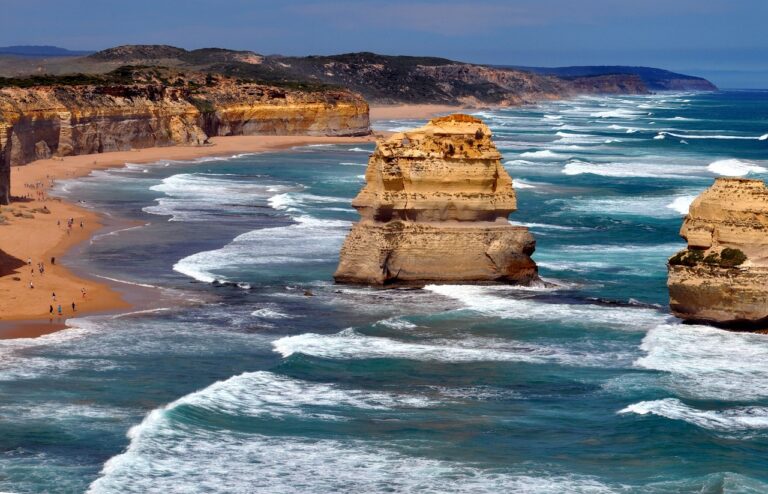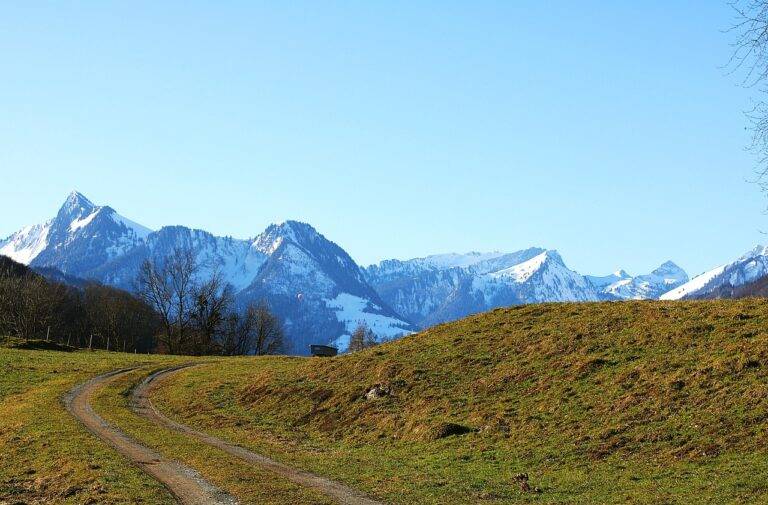Exploring Desert Landscapes: A Journey into the Sands
Arid ecosystems, characterized by their dry and harsh environments, possess a unique allure that captivates the senses. The vast stretches of arid landscapes, from towering sand dunes to rocky deserts, showcase a beauty that is both rugged and sublime. The stark beauty of these regions is accentuated by the interplay of light and shadow that dances across the barren terrain, creating a mesmerizing spectacle under the blazing sun.
In these arid lands, one can witness nature’s resilience in the face of adversity. Despite the extreme conditions, life thrives in unexpected ways, adapting and flourishing in this challenging environment. The tenacious plants and animals that call these arid ecosystems home have evolved remarkable strategies to survive, adding to the enchanting beauty of these harsh yet captivating landscapes.
Unique Flora and Fauna of Deserts
Deserts are home to a diverse range of plant and animal species that have adapted to survive in harsh arid conditions. One of the most striking plants found in deserts is the iconic Saguaro cactus, which can reach heights of up to 40 feet and live for over 150 years. In addition to the Saguaro cactus, deserts are also home to unique plant species such as the Joshua tree, barrel cactus, and prickly pear cactus.
In terms of fauna, deserts are teeming with fascinating animal life. From camels and kangaroo rats to scorpions and sidewinder snakes, the variety of creatures that call deserts home is truly remarkable. Many desert animals have developed special adaptations to survive in the extreme heat and scarcity of water, such as the ability to go for long periods without drinking water or the capability to burrow underground to escape the intense sun.
What makes deserts unique ecosystems?
Deserts are unique ecosystems characterized by low rainfall, high temperatures, and sparse vegetation.
What are some examples of unique flora found in deserts?
Some examples of unique flora found in deserts include cacti, succulents, and drought-resistant plants like the Joshua tree.
How do plants and animals adapt to survive in desert environments?
Plants and animals in deserts have developed various adaptations to survive in harsh conditions, such as storing water, having a reduced surface area to minimize water loss, and being active during cooler times of day.
What are some examples of unique fauna found in deserts?
Some examples of unique fauna found in deserts include camels, kangaroo rats, sidewinder snakes, and desert tortoises.
How do animals in deserts stay cool and hydrated?
Animals in deserts have adapted to stay cool and hydrated by burrowing underground, staying in shaded areas during the day, and obtaining water from the food they eat.
Why is it important to conserve the unique flora and fauna of deserts?
It is important to conserve the unique flora and fauna of deserts because they play a crucial role in maintaining the delicate balance of desert ecosystems and are important for biodiversity conservation.





